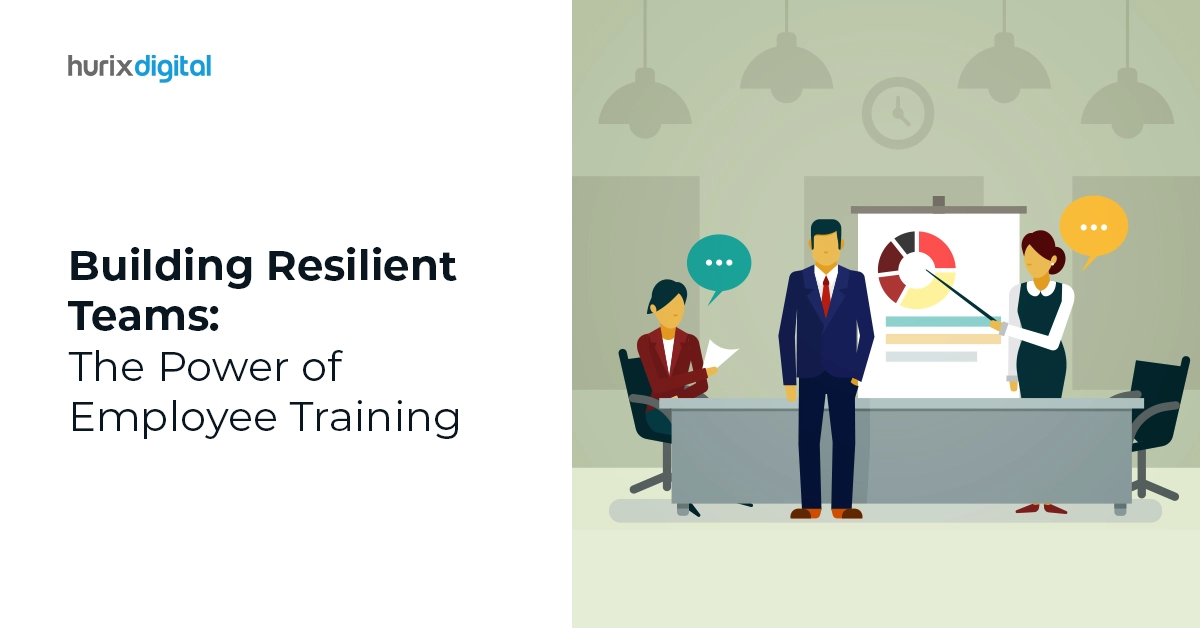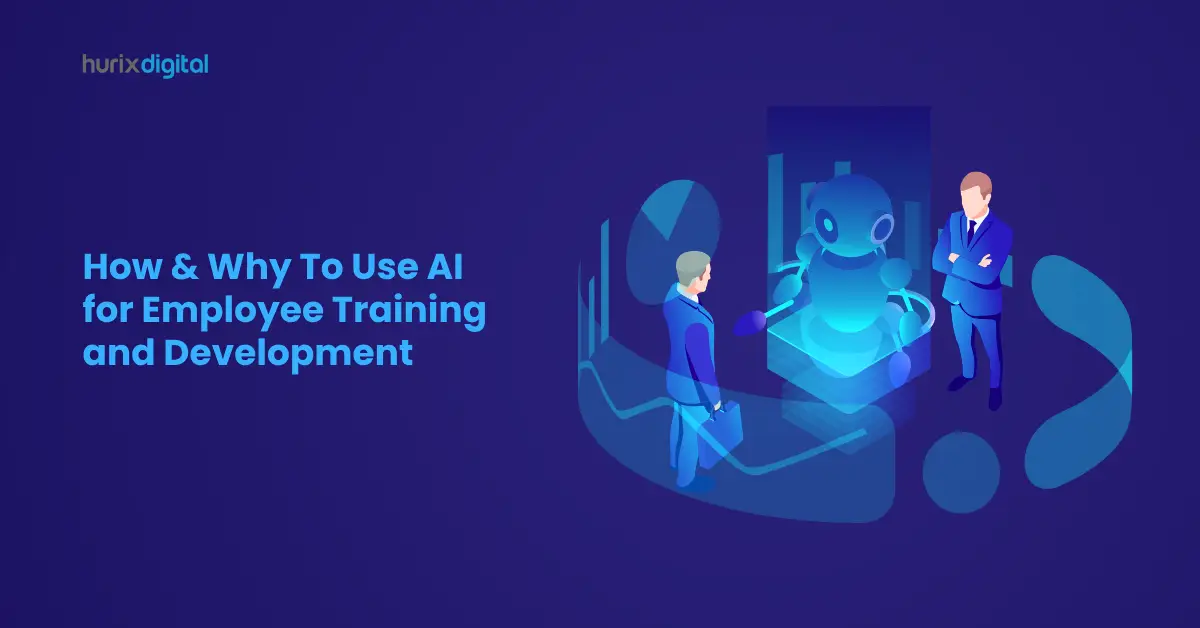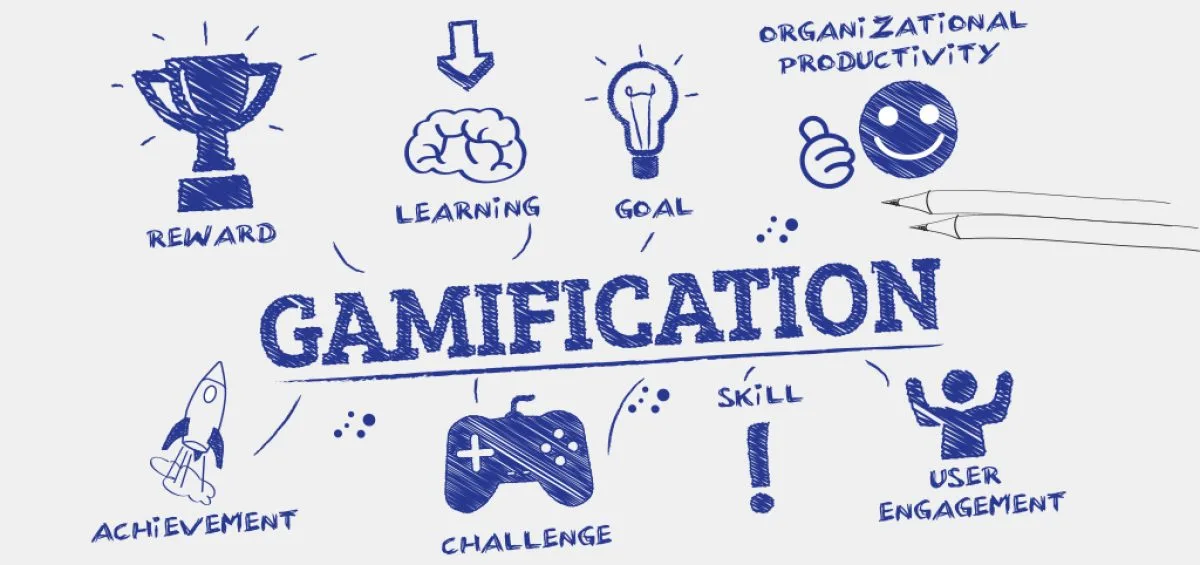Summary
This article provides a comprehensive overview of the importance of workplace resilience. It discusses the benefits of employee training and the key components of a resilient team.
In today’s dynamic workplaces, navigating obstacles and thriving is crucial for success. Yet many organizations struggle to keep up and adapt to constant changes. Shockingly, 46% of executives confess they lack the necessary skills to confront disruptions.
This fact underscores the pressing need for proactive measures to build a robust framework. That’s where employee training comes into action. It acts as the cornerstone for building teams that can adapt, innovate, and excel.
Ready to discover the secrets of building organizational resilience? Join us as we delve into the crucial role of workforce training in building agile teams.
Table of Contents:
- From Surviving to Thriving: Why Workplace Resilience Matters?
- Building Blocks of Resilience: The Impact of Employee Training
- How to Enforce Employee Training: Step-by-Step Guide
- Level Up Your Teams with AI-Powered Employee Training
- Bottom Line
From Surviving to Thriving: Why Workplace Resilience Matters?
It refers to how well your business can adapt to changes, recover from setbacks, and prosper in crises. Workplace resilience is pertinent for a brighter future – from staff well-being to productivity and beyond. Here are some key benefits:
1. Adaptability: Navigating Change with Confidence
Resilient teams display a remarkable capacity to adjust to new circumstances and emerging challenges. It enables them to maintain a competitive edge in evolving market conditions.
For example, many companies embraced remote work during the pandemic and changed their strategies to meet customer needs. This adaptability was vital to their success and business growth.
2. Enhanced Leadership: Sustaining High Performance
Did you know that peers, managers, and direct reports perceive resilient leaders as more influential? They have fantastic communication skills and promote cohesive teams, making them great role models.
For example, supervisors who capitalize on emerging opportunities can lay the foundation for long-term success. It demonstrates the power of resilience in enhancing business productivity.
3. Employee Well-being: Fostering a Culture of Support
Did you know a supportive environment mitigates stress, reduces burnout, and promotes a positive work culture? That’s right! Building workplace resilience can stimulate the well-being of employees.
For example, flexible work setups and mental health initiatives can lead to an engaged, resilient crew. It allows you to increase employee satisfaction, reduce turnover, and boost their morale.
4. Innovation and Creativity: Fueling Continuous Improvement
Resilient teams are more likely to embrace change and experiment with new approaches. It promotes a work culture where employees can experiment, learn, and improve.
For example, a project failure can make you rethink your processes or offerings. It can lead to ingenious solutions that address your customer and stakeholder needs.
Also Read: How & Why To Use AI for Employee Training and Development?
Building Blocks of Resilience: The Impact of Employee Training
Employee training is the game-changer for building potent organizational resilience. You must invest in targeted training programs to develop related skills and expertise. Here are some key strategies to consider:
1. Developing Self-Awareness
Training programs help employees recognize their weaknesses and strengths. It allows them to identify triggers and develop coping mechanisms for difficult situations. This personal growth leads to increased productivity, self-awareness, and confidence.
2. Enhancing Communication Skills
Employee training provides opportunities for team members to enhance their communication skills. It includes active listening, conflict resolution, negotiation, and assertive communication.
These skills enable teams to steer setbacks, resolve disagreements, and maintain strong working relationships.
3. Promoting Problem-Solving Skills
Want to see your employees stride through obstructions with confidence and readiness?
Craft training solutions that focus on developing critical thinking, decision-making, and problem-solving skills. It will enable your teams to identify and address issues and find creative solutions.
4. Upskilling for Resilience
Look for opportunities like tech adoption, industry knowledge, and leadership finesse. Offer targeted training programs to fill these skill gaps and promote workforce resilience.
5. Emphasizing Change Management
Evolution is inevitable in today’s business landscape. So, if you want your staff to thrive and face crisis head-on – include training modules on change management.
It helps your teams understand the process, adapt to new circumstances, and maintain resilience throughout the change journey.
6. Motivating Psychological Safety
Psychological safety is a critical element of resilient teams. Ensure your programs can create a culture of trust and mutual respect.
Your team members should feel safe expressing their ideas, sharing concerns, and taking risks. So, promote open communication, collaboration, and innovation by fostering psychological safety.
7. Providing Support and Resources
Employee training programs should ensure team members can access the tools, resources, and support networks. It includes mentoring, coaching, and providing career development opportunities.
8. Assessment and Continuous Improvement
Gauging the impact of your resilience-building efforts is essential. Regular feedback, surveys, and assessments can help you identify areas for progress and make necessary adjustments.
How to Enforce Employee Training: Step-by-Step Guide
To ensure employee engagement and program relevance, consider these key factors:
1. Align Training with Employee Goals
- Encourage employees to define their professional goals and tailor the training accordingly.
- Include activities and upskilling prospects to enhance employee investment in the training.
2. Customize Content for Relevance
- Design concise and pertinent modules that address specific skill gaps.
- Use an agile learning management system (LMS) to assign personalized content.
- Encourage micro-learning for increased engagement and participation.
3. Accommodate Diverse Learning Approaches
- Consider different styles and preferences, such as verbal, visual, and aural learning.
- Develop training materials in various formats to cater to different learners. It can include webinars or written, visual, and audio content.
4. Enhance Access to Learning Materials
- Recognize the evolving nature of the workplace, including remote work and varied schedules.
- Provide round-the-clock access to training materials through various devices. It will help you accommodate individual learning schedules and locations.
Level Up Your Teams with AI-Powered Employee Training
Hurix Digital offers advanced AI-based training solutions to equip your workforce for the future. Here’s how we can elevate your team’s capabilities:
- Tailored and adaptive learning paths catering to individual job demands. It ensures relevant skill development.
- Real-time feedback to help organizations track progress and pinpoint areas for enhancement.
- Inclusive and captivating learning experiences, encouraging high participation. It boosts knowledge retention across diverse teams.
- Scalable solutions catering to changing training needs and accommodating growth.
- Expertise in LMS in delivering and managing training content.
- Thorough understanding of eLearning and corporate solutions to make well-informed training decisions.
Also Read: Seven Roles of Artificial Intelligence in Learning and Development
Bottom Line
Want to keep your business afloat in today’s ever-changing landscape? Embrace the potential of employee training. It’s not just an option; it’s a strategic imperative.
Investing in your team’s growth helps them reach their full potential. But that’s not all. It equips your business with the necessary skills to succeed. So why wait?
Partner with Hurix Digital to create custom solutions and empower your teams to navigate challenges. Take action today to invest in your employee training.











